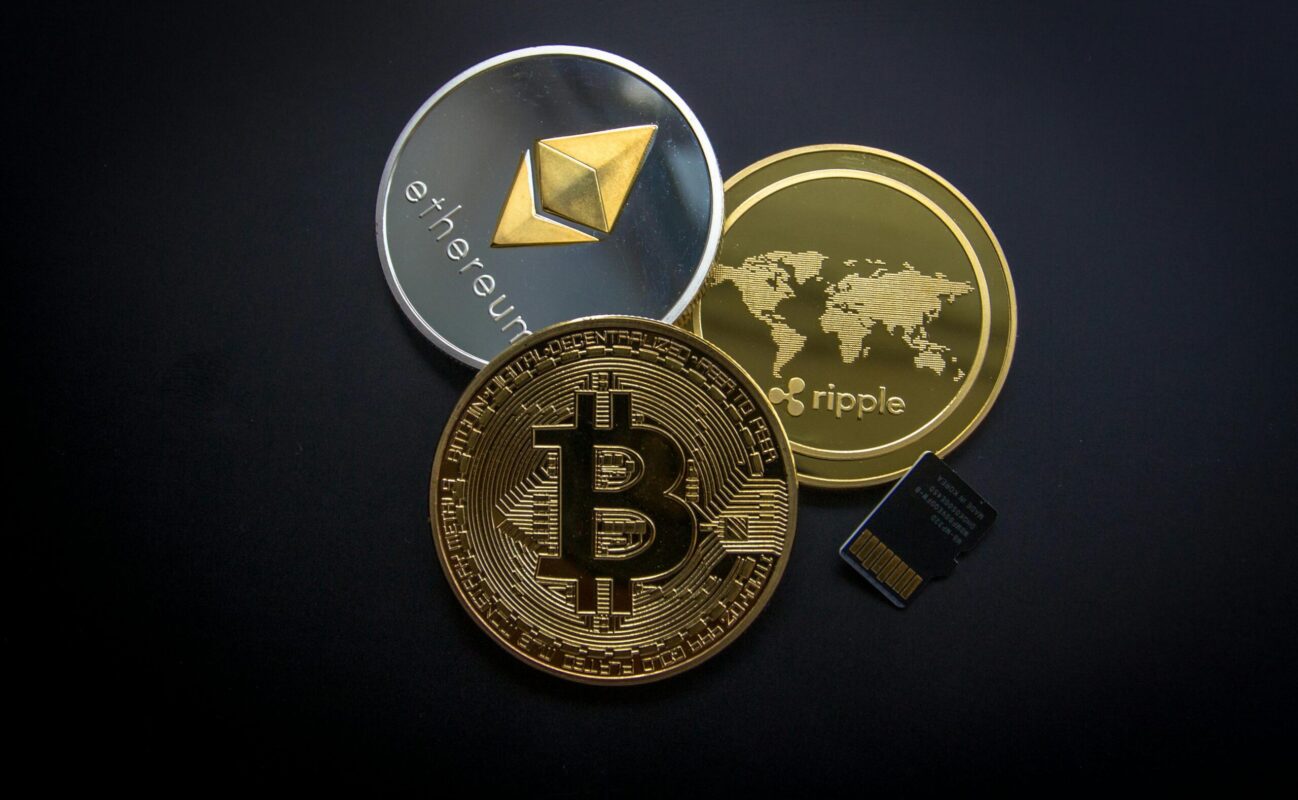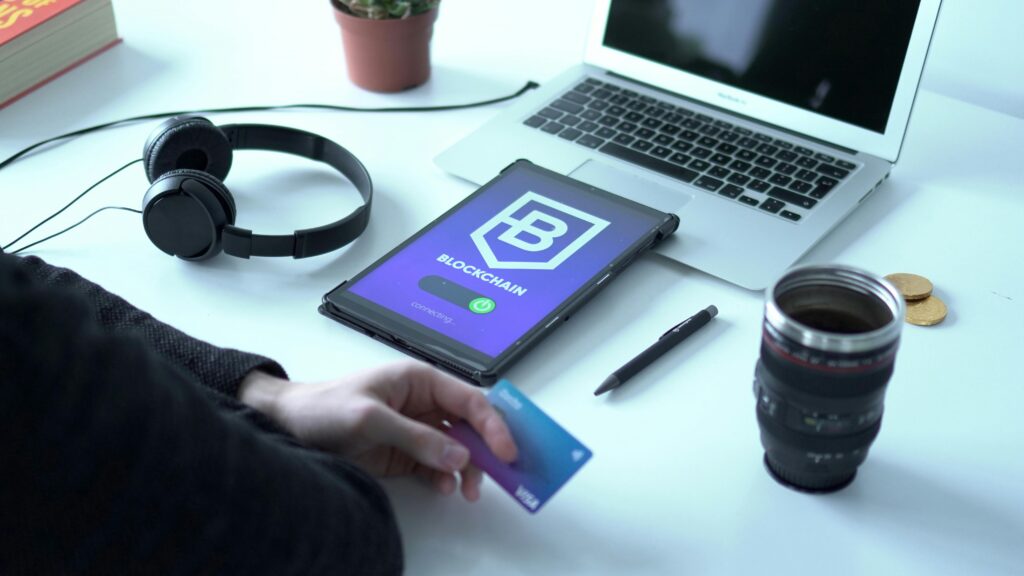Blockchain-Based Payment Solutions for Unbanked Populations
Introduction
In today’s world, millions of people remain unbanked, lacking access to basic financial services. This lack of access often stems from geographic, economic, or social barriers. Fortunately, blockchain technology presents a promising solution to bridge this gap. By providing secure, accessible, and cost-effective payment solutions, blockchain can offer a lifeline to unbanked populations, transforming their financial lives.

Understanding the Unbanked
To fully grasp the potential of blockchain in addressing financial exclusion, it’s important to understand the unbanked:
- Definition of Unbanked Populations: Unbanked individuals are those who do not have access to traditional banking services, such as checking or savings accounts. This group often includes people living in rural areas, low-income communities, or regions with unstable financial infrastructure.
- Reasons Behind Lack of Banking Access: Common reasons include a lack of nearby bank branches, high fees associated with traditional banking, lack of necessary identification, and systemic issues like economic instability.
- Challenges Faced by the Unbanked: Without access to banking, these individuals face difficulties in saving money securely, making transactions, and accessing credit. This often results in higher reliance on cash and informal financial systems.
Basics of Blockchain Technology
Blockchain technology underpins the innovative payment solutions that can benefit the unbanked:
- What is Blockchain?: Blockchain is a decentralized digital ledger that records transactions across a network of computers. Each transaction, or “block,” is linked to previous ones, forming a secure and immutable chain.
- How Blockchain Works: Transactions are verified through a consensus mechanism and then recorded on the blockchain. This process ensures that all participants in the network have a consistent and accurate record of transactions.
- Key Features of Blockchain: Key features include decentralization (no single point of control), immutability (data cannot be altered once recorded), and transparency (transactions are visible to all participants).
Blockchain and Payment Solutions
Blockchain’s potential to revolutionize payment systems is significant:
- Introduction to Blockchain Payment Systems: Blockchain payment systems utilize the technology to facilitate financial transactions directly between parties, bypassing traditional intermediaries like banks.
- How Blockchain Enhances Payment Solutions: By removing intermediaries, blockchain can reduce transaction costs, increase processing speed, and offer greater accessibility to financial services.
- Examples of Blockchain-Based Payment Systems: Some notable examples include cryptocurrencies like Bitcoin and Ethereum, as well as blockchain platforms designed specifically for financial inclusion, such as Stellar and Ripple.
Benefits of Blockchain-Based Payment Solutions for the Unbanked
Blockchain offers several advantages that can significantly impact unbanked populations:
- Accessibility and Inclusivity: Blockchain enables anyone with a mobile device or internet connection to access financial services, regardless of their location or socio-economic status.
- Lower Transaction Costs: By eliminating intermediaries, blockchain reduces fees associated with financial transactions, making it more affordable for low-income individuals to send and receive money.
- Enhanced Security and Fraud Prevention: Blockchain’s cryptographic features ensure that transactions are secure and tamper-proof, reducing the risk of fraud and theft.

Case Studies and Real-World Implementations
Examining real-world implementations provides insight into the effectiveness of blockchain solutions for the unbanked:
- Examples of Blockchain Solutions for the Unbanked: Projects like the Stellar Development Foundation and Ripple’s payment network are actively working to provide blockchain-based financial services to underserved communities.
- Success Stories and Impact: These solutions have demonstrated positive outcomes, such as increased financial inclusion and reduced transaction costs for users in developing regions.
- Lessons Learned from Implementations: Successful implementations highlight the importance of user education, infrastructure development, and collaboration with local stakeholders.
Challenges and Considerations
While blockchain offers promising solutions, there are challenges to address:
- Technical and Infrastructure Challenges: Implementing blockchain solutions requires robust technology infrastructure, which may be lacking in underserved areas.
- Regulatory and Compliance Issues: Navigating regulatory environments and ensuring compliance with local laws can be complex when introducing new financial technologies.
- Adoption and Education Barriers: For blockchain to be effective, users must be educated about its benefits and how to use it effectively, which can be a significant barrier in some communities.
Future of Blockchain Payment Solutions
Looking forward, blockchain is expected to continue shaping the future of financial inclusion:
- Emerging Trends in Blockchain Payments: Innovations such as decentralized finance (DeFi) and stablecoins are poised to enhance the accessibility and stability of blockchain-based payment solutions.
- Predictions for Blockchain’s Role in Financial Inclusion: As blockchain technology evolves, it is likely to become a key tool in extending financial services to previously excluded populations.
- Potential Developments and Innovations: Future developments may include improved scalability, better integration with existing systems, and enhanced user interfaces for broader adoption.
Conclusion
Blockchain technology holds significant promise for improving financial inclusion for unbanked populations. By offering secure, cost-effective, and accessible payment solutions, blockchain can help bridge the gap for millions who lack access to traditional banking services. As technology continues to advance, its role in providing equitable financial solutions will likely become even more impactful.

FAQs
- How does blockchain technology help unbanked populations?
Blockchain provides accessible and affordable financial services to individuals without traditional banking access, reducing transaction costs and increasing security. - What are some examples of blockchain-based payment solutions for the unbanked?
Examples include cryptocurrencies like Bitcoin, and blockchain platforms such as Stellar and Ripple that facilitate cross-border payments and financial inclusion. - What challenges are associated with implementing blockchain payment systems?
Challenges include technical infrastructure requirements, regulatory compliance, and the need for user education and adoption. - How does blockchain enhance security in financial transactions?
Blockchain uses cryptographic techniques to secure transactions and prevent tampering, making it a robust solution for preventing fraud. - What future developments can we expect in blockchain payment solutions?
Future developments may include advancements in scalability, integration with traditional systems, and innovations in user experience and functionality.



It’s a pity you don’t have a donate button! I’d without a doubt donate to this excellent blog! I suppose for now i’ll settle for bookmarking and adding your RSS feed to my Google account. I look forward to brand new updates and will talk about this website with my Facebook group. Chat soon!
Thank you Sir I appreciate it